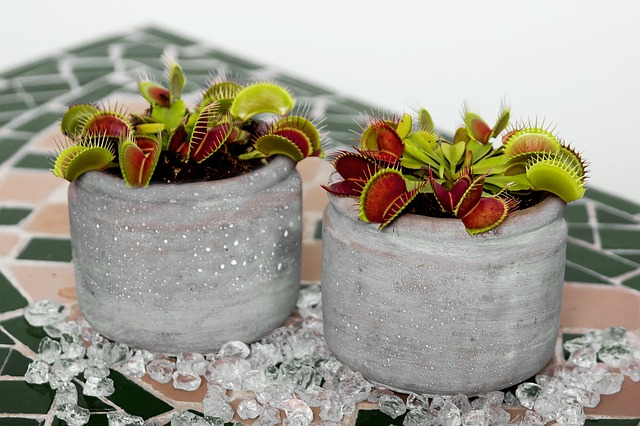Carnivorous plants are some of the most fascinating plants on this planet! Carnivorous plants are notorious for their ‘predatory’ nature. The world is home to more than 720 types of carnivorous plants, many of which may feel right at home in your garden when the conditions are just right. Did you know that some of the most interesting carnivorous plants are found in New Zealand? They can also be found in the UK, Australia, India, and many other countries.
Many types of gardens can enhance our well-being. Herb gardens can contribute tasty nutrients right to our tables in the form of rosemary, parsley, or basil. Zen gardens can provide us with a relaxing place to unwind and relinquish stress. But carnivorous gardens and plants–how can these beastly pest destroyers support our well-being? The truth is – they can! Read on, and let’s find out together…
Carnivorous Plants Introduction
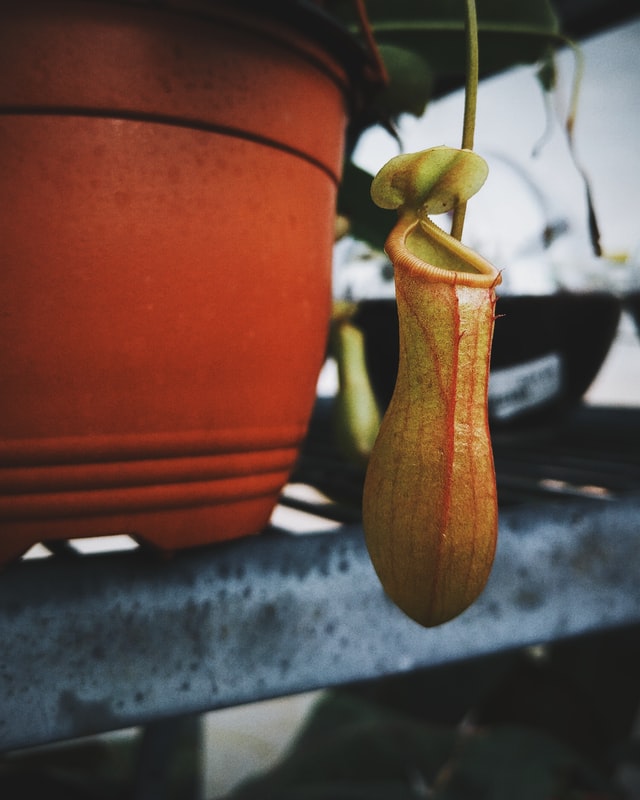
Carnivorous plants come in two distinctive types: plants with passive traps and plants with active traps. Traps refer to how carnivorous plants trap their insect prey. Once trapped, the insects are dissolved by the plants’ various secretions. After they are dissolved, the plant absorbs the nutrients from the trapped bugs like flies, mosquitoes, or other insects. Consequently, the key benefit of maintaining a carnivorous plant garden is to help reduce the number of insect pests in your garden or inside your home.
Many types of plants repel unwanted insect pests like mosquitoes. Plants like lemongrass, lavender, and marigolds ‘encourage’ pesky mosquitoes to fly somewhere else. Carnivorous plants, however, eliminate the pests, at least when they’re able to. When mosquitoes or flies come into proximity to the plants’ traps or crawl inside them, the trap encloses them so that bugs can’t get out.
In addition to this fun and unique form of insect control, families often enjoy the fascinating behaviors of these plants. Kids, in particular, can benefit by watching the plants and developing an early interest in how some plants work. They can be drawn to the hobby of gardening, which can have lifelong benefits that we’ll talk about in this article.
Gardening with Carnivorous Plants: the Basics
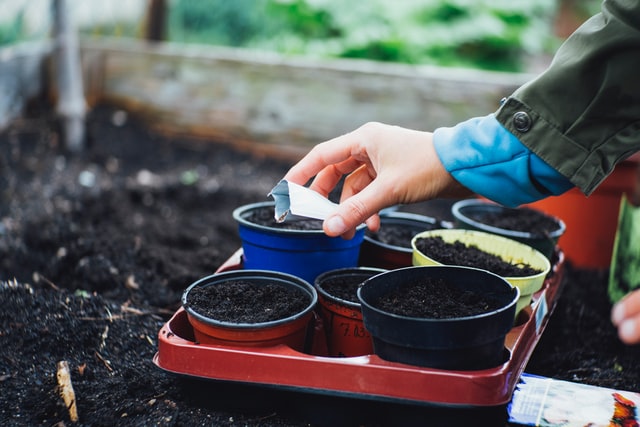
Before installing any plant in your setting, it’s essential to research the plants’ care requirements. Carnivorous plants are typically very robust plants – in their native environments. For instance, some thrive in swampy, boggy areas. Naturally, these types would have a difficult time adapting to dry, sandy soil. Whether you opt to plant venus flytraps, sarracenia pitcher plants, or sundews, it’s crucial to understand how to care for each and if your landscape can support these types of plants. If not, you may need to create the right conditions for the plants indoors if you still wish to plant them and care for them. A carnivorous container plant garden is equally enjoyable! Moreover, many carnivorous plants are considered tender; they require a subtropical or tropical climate and will not withstand winter weather temperatures or conditions.
Soil and Lighting Requirements
Carnivorous plants will need suitable soil and sunlight to survive and thrive in your home settings or garden. Most carnivorous plants require plentiful sunlight. Sarracenia pitcher plants prefer direct sunlight. For vigorous growth, venus flytraps also like plenty of direct sunlight. These plants also require wet soil in summer and slightly dryer but still moist soil in winter.
Keep in mind that your garden soil is unlikely to be readily suitable for carnivorous plants. That means that you will need to amend it. According to the United States Botanic Garden, you should provide these plants with: “live sphagnum moss, dried long-fiber sphagnum moss or a mix of about three parts peat moss to one part clean, sharp sand.” Again, when purchasing individual plants, be sure to read about their soil requirements so that you can create the ideal conditions for your plant’s survival.
Food for Carnivorous Plants
Although your kids might be sorely tempted, please don’t allow them to feed your hungry carnivorous plants any meat from the table. Meat is too complex for these plants to digest. Instead, you can provide them with one-quarter strength fertilizer (organic) when pests are not plentiful.
What Are Some Common Carnivorous Plants?
Carnivores like venus flytraps and sarracenia pitcher plants are, perhaps, the best-known carnivorous plants and are undoubtedly popular. These are also excellent choices for beginners. When creating your carnivorous plant garden, consider these options:
- Venus flytrap: Native to North Carolina and South Carolina.
- Sarracenia pitcher plant: Native to the eastern seaboard of the United States, Texas.
- Sundews: Native to Australia and New Zealand.
- Butterworts: Native to Central America and South America, Mexico is especially known for them.
- Lobster pot plant: Native to Southern Canada, California, Australia, India, Madagascar, and Southern China.
- Bladderworts: Native to the northern hemisphere of the United States.
- Catapulting flypaper traps: Native to Tasmania and southwestern and southeastern Australia.
- Monkey cups: Native to Madagascar, Southeast Asia, and Australia.
Greenhouse Alternatives
If you don’t live in a climate with the right conditions for gardening with carnivorous plants outdoors or gardening with them year-round, you can still create this type of garden indoors. Take into consideration building a greenhouse. If you have a greenhouse, even a small one, you can easily grow many kinds of these plants.
Terrarium Alternatives
Consider creating terrariums for your indoor carnivorous plant garden. You can mimic outdoor conditions inside by installing their preferred soil and placing them in direct sunlight. If your windows don’t get adequate light, you may need to purchase a sun lamp for your plants.
Associations and Conservations
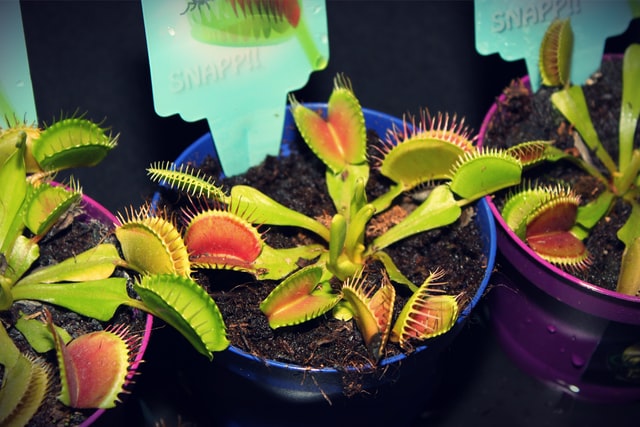
You can find all the information about plant carnivores online or at your local libraries. Still, I recommend finding your local gardening associations or Carnivorous Plant Associations if you are lucky enough to have one near you. It’s always fun and more enjoyable when you can share your hobbies with friends and a community. That’s why it might interest you to join associations or conservatives devoted to carnivorous plants. Also, it is always helpful to connect with other people who may have more experience gardening with the same plant species you decide to grow. If you are interested in going it alone, you can always visit these resources to discuss any questions or concerns you might have during gardening with carnivorous plants. I added a small list of these below. They might be able to help you to get connected with your local community.
Popular Carnivorous Plant Associations / Groups
- International Carnivorous Plant Society
- TerraForums
- Carnivorous Plant Society of Canada
- Dave’s Garden: Carnivorous Plants Forum
Popular Carnivorous Plant Conservations
- California Carnivores
- Carnivorous Plant Resource
- International Union for Conservation of Nature
Gardening and Your Family
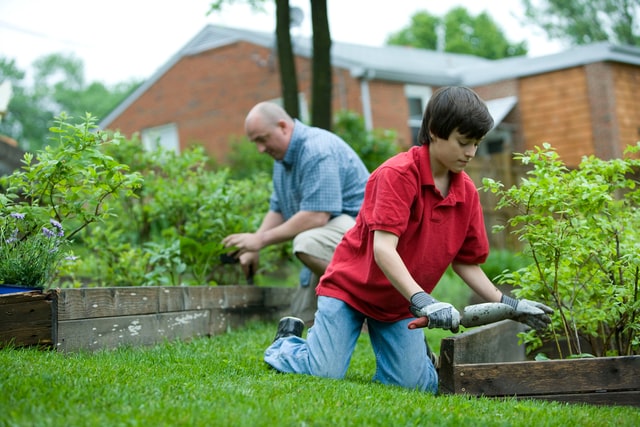
“If you’ve never experienced the joy of accomplishing more than you can imagine, plant a garden.” –Robert Brault
Gardening can support our physical and mental well-being in numerous ways. If you garden with your loved ones, you can enjoy this pastime together, increasing the benefits you reap from your work in the garden.
Fun Family Time
Few ‘chores’ are as pleasant to perform together as gardening. This might have something to do with being outdoors in the fresh air and sunshine. Gardens indeed require substantial work; however, a carnivorous garden is unlikely to require the same intensity of routine work as a vegetable garden, for instance. That’s because when you’ve created the ideal conditions for your sundew or flytrap, it should thrive with little care other than routine inspections and watering.
Work aside, plants are quite enjoyable to be around. Your family, especially children, will have a great time inspecting their carnivorous plants to see if any have captured any unlucky insect pests. You can spend positive, quality time together caring for plants and expanding your garden as you become more adept at your gardening skills.
Physical Activity and Getting Outdoors
Gardening is a healthy pastime. Many people don’t readily equate gardening as exercise, but it certainly is and can enhance your fitness level depending on how extensive your gardening chores happen to be. While working in your garden, you can expect to lift (hose, watering can, plant containers, etc.), bend (inspect plants, pull weeds), and move (arms and legs). Working two to three hours in the garden can help you burn as many as 700 calories. Plus, you’ll be toning your muscles and enhancing your flexibility with your garden work.
Moreover, getting into the sunlight for a while each day is associated with many health benefits such as immune system support, growth of calcium for strong bones, support for cardiovascular health and lungs, and the reduced risk of some cancers.
Lower the Stresses of Everyday Living
Gardening promotes mindfulness, and that can result in remarkable stress reduction. According to the American Institute of Stress, spending 45 minutes in the sun gardening can reduce your cortisol (stress hormone) levels. Consequently, even while physically exerting yourself, you can feel more relaxed. Keep in mind that the body releases other “feel-good” endorphins while you exercise. These endorphins help to soothe sore muscles, but they also flood the brain. The result is that we feel good mentally and physically when we perform many physical activities like gardening.
Psychological Well-Being for the Whole Family
Everyone who participates in gardening can expect to enjoy psychological and physical benefits. Some experts believe that the lighter activities of gardening can help someone struggling with medical conditions, like fibromyalgia, anxiety, depression, or RA. Gardening can probably improve even the family dog! Spending time together promotes the strengthening of family bonds, bonds that can last a lifetime. Including children in gardening activities can endow them with love and respect for nature. They will also be able to connect with their parents in more meaningful ways of support and love. You can also encourage kids to continue gardening as they grow up so that they’ll continue to do so when they’re adults. If they keep the hobby, they will enjoy the many benefits to their physical and mental well-being.
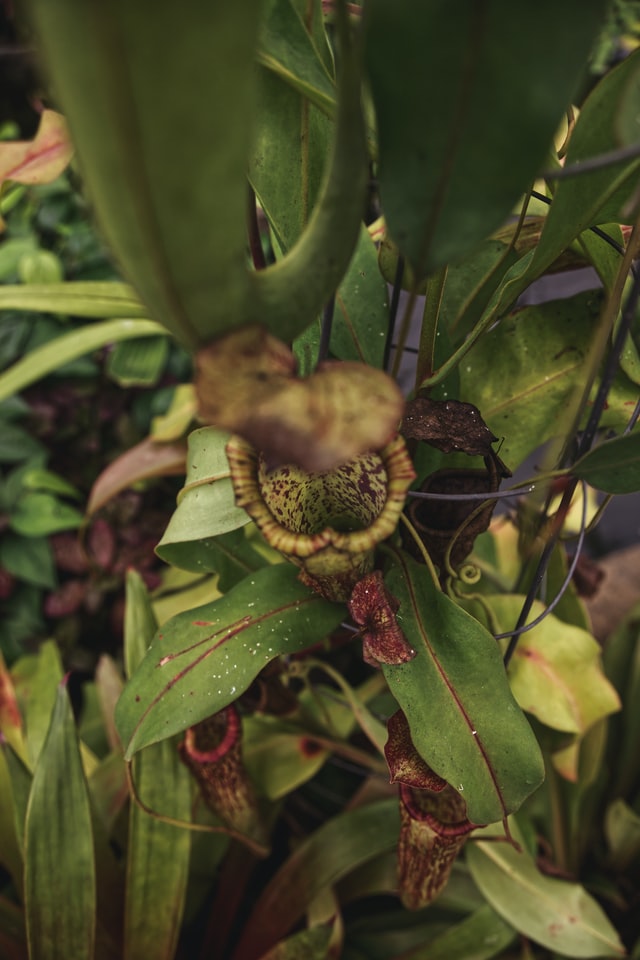
Even if you’re new to gardening, you can decide to start with a carnivorous plant garden. Many of these plants are easy to take care of once you install them with proper care. They are great options for beginners. You can also add other plants like the Polka Dot plant to your garden to expand your repertoire of experiences. You’ll find that your garden is apt to become your family’s favorite place to be!
